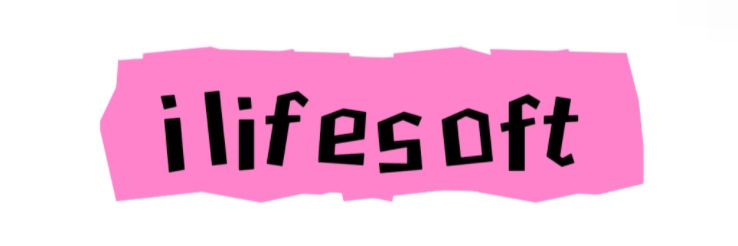Air Filling Weir vs. Traditional Methods: Which Suits Chile Best?
Nov. 09, 2024
In the world of hydraulic engineering, selecting the optimal method for managing water levels is crucial, especially in a diverse landscape like Chile. With its varied geography—from arid deserts to lush valleys—Chile faces unique challenges in water management. Two significant methods stand out: the Air Filling Weir (AFW) and traditional weir approaches. This article explores these methods to determine which best suits Chile's specific needs.
Understanding Air Filling Weirs
The Air Filling Weir is a relatively modern solution that utilizes air to control the flow of water. This innovative design consists of a chamber that fills with air, allowing water to flow over it when certain parameters are met. The AFW provides several advantages, such as enhanced water flow control and improved operational flexibility. It can adapt to fluctuating water levels, offering a more dynamic response to sudden changes in water flow.
Traditional Weir Methods
In contrast, traditional weir methods operate on a more straightforward principle, typically using a fixed barrier to block water flow. Made from concrete or earth materials, these weirs serve to redirect water in a regulated manner. While traditional weirs have been effective for decades, they can struggle with adaptability in dynamic conditions, which can lead to inefficiencies in water management.
Comparing Efficiency
Efficiency is a critical factor when evaluating these two methods. Air Filling Weirs provide superior efficiency due to their ability to modulate flow in real-time. This flexibility can lead to significant water conservation, particularly in regions prone to drought like northern Chile. Traditional methods, while reliable, tend to operate under fixed parameters, which can lead to water overflows or shortages if conditions change unexpectedly.
Maintenance Considerations
Maintenance is another essential factor in the decision-making process. Air Filling Weirs typically require less maintenance than traditional structures. Their design minimizes sediment buildup and blockages thanks to the airborne interface, which can significantly reduce operational costs over time. By contrast, traditional weirs often need regular inspections and cleanings to ensure their functionality, adding to the overall burden on resources.
Recommended article:What are the key challenges of using GFS tanks in Laos?
Application in the Chilean Context
When considering the unique geographic and climatic conditions of Chile, the choice between Air Filling Weirs and traditional methods can greatly impact water management strategies. Areas such as the Atacama Desert could benefit significantly from the adaptability of AFWs, while more stable regions might still find traditional weirs to be effective.
Cost and Implementation
Cost is always a crucial component in infrastructure decisions. While the initial installation of Air Filling Weirs may be higher due to their advanced technology, the long-term benefits in efficiency, reduced water loss, and maintenance costs present a compelling case for investment. Traditional weirs may offer a lower upfront cost, but their potential for inefficiency and higher long-term maintenance can outweigh those initial savings.
Final Thoughts
Ultimately, the decision between Air Filling Weirs and traditional methods in Chile hinges on a variety of factors including geographical needs, maintenance capabilities, and cost considerations. By weighing the advantages of each method against the unique challenges posed by Chile’s diverse environment, stakeholders can make informed decisions that promote effective water management strategies for the future.
Want more information on air filling weir for Chile, rubber weir for Laos, Hydraulic Dam? Feel free to contact us.
102
0
0

Comments
All Comments (0)